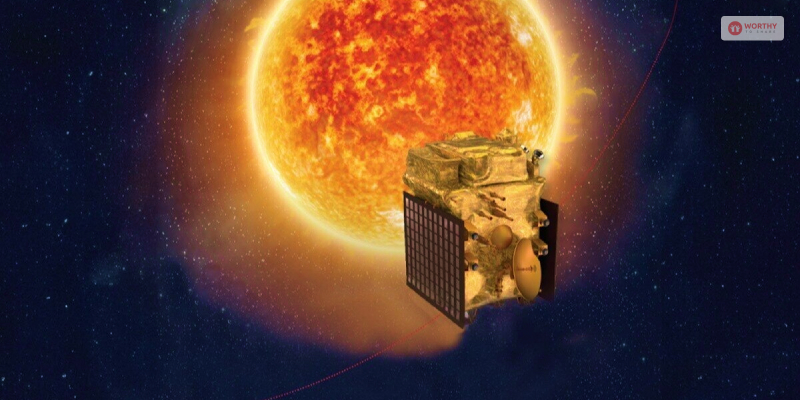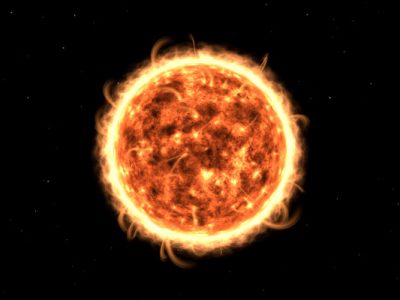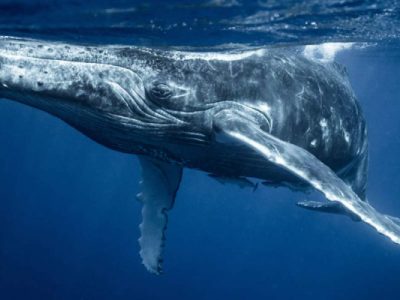India has achieved another milestone as the Indian Space Research Organization (ISRO) has added another feather to its achievement hat! The new Aditya Solar Wind Particle Experiment (ASPEX) successfully commenced, and all operations function normally.
The ASPEX payload is onboard the Aditya-L1 satellite and has started functioning perfectly. The operations have commenced as per the reports received from ISRO. The ASPEX comprises two instruments, where the first instrument is the SupraThermal and the Solar wind Ion Spectrometer (Swis).
The second instrument is the Energetic Particle Spectrometer (Steps), operational since 10 September 2023. The Swis instrument was finally activated on 2 November 2023, thus creating a full circle with all operations going smoothly for ASPEX.
The whole instrument is now active and exhibits an optimal performance for the overall operations. The Swis has two sensor units utilized at a 360-degree field with the best view of each unit. One plane is established in a perpendicular position to another!
The instrument successfully measures solar wind ions, alpha particles, and primarily protons, as per the reports made by ISRO! In November 2023, one of the sensors was given a reading of a sample energy histogram illustrating the alpha particle and variations in proton counts!
There has been a change in the number ratio between proton and alpha, as reported by Swiss! ISRO informs that the Swis accurately enables precise measurements, including alphas and solar wind protons. Some of the longstanding questions are being asked through the use of Swis!
With this instrument, you can learn a lot of underlying aspects and processes of the solar wind properties. Their impact of the solar wind properties on earth is also identified through this instrument. Remember that the changed number ratio between proton and alpha can potentially learn information!
The indirect information about the approach of Coronal Mass Ejections (CMEs) at the Lagrange Point L1 between the Sun and Earth. Overall, it is a success if you evaluate it from the perspective of ISRO and space research in India on a global scale.
Read Also:
















